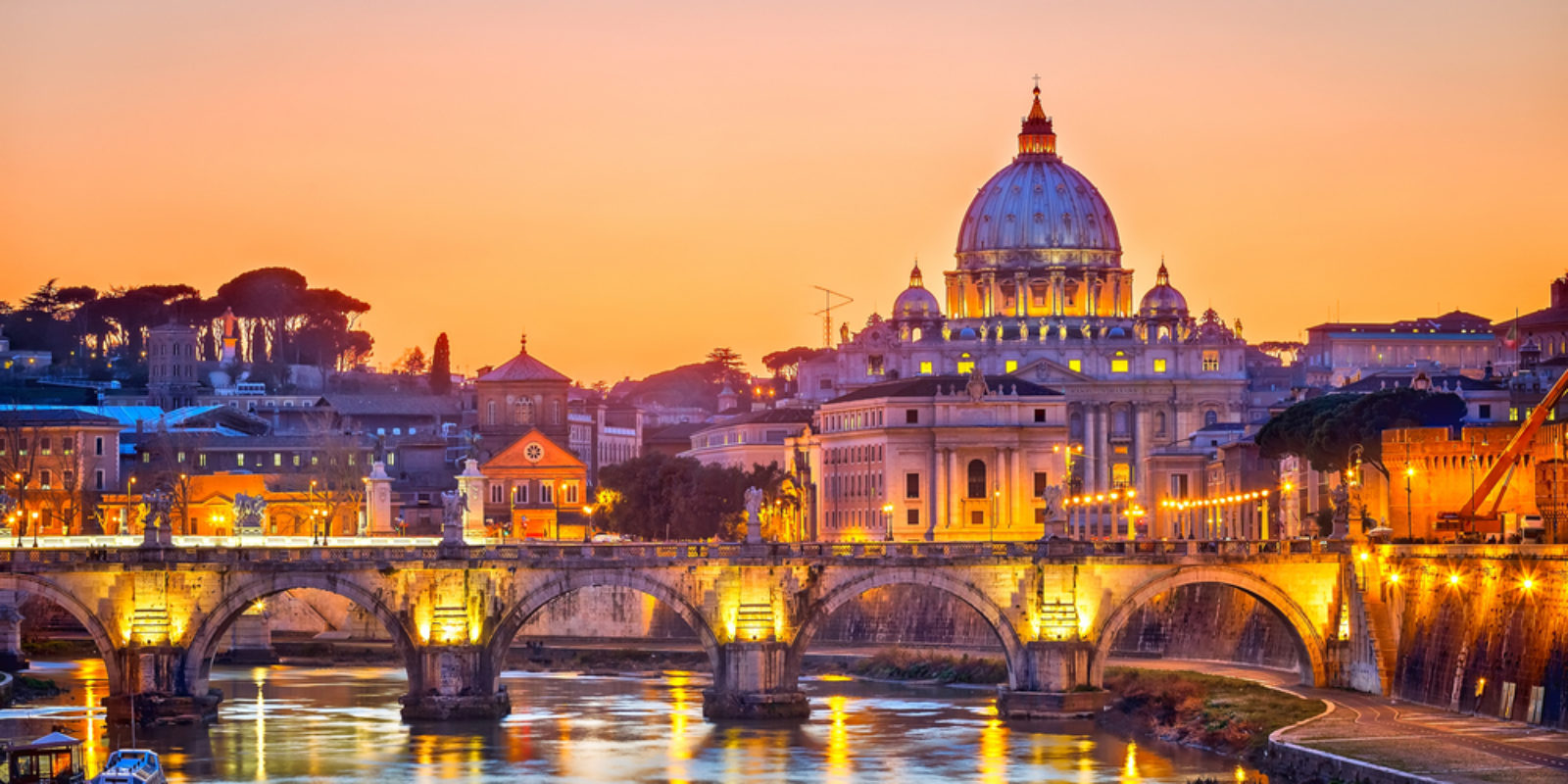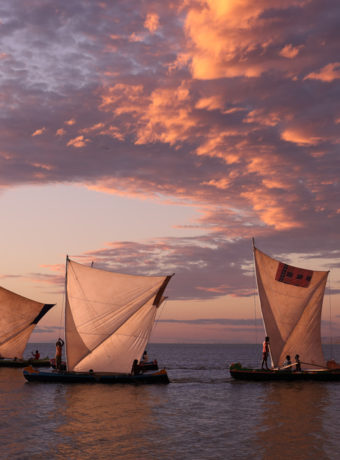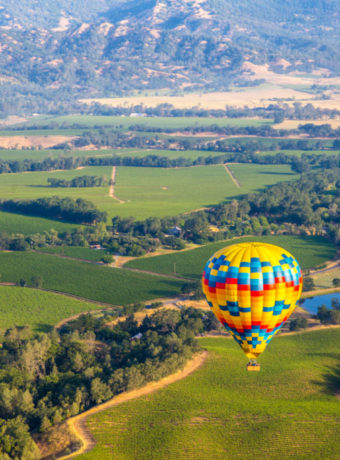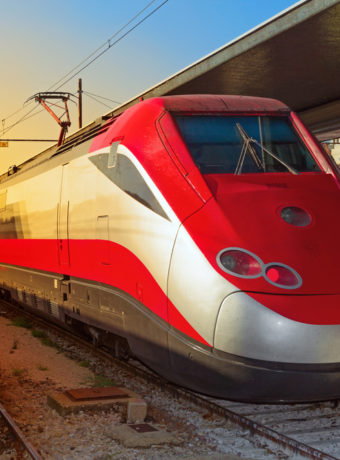When I first started this series, I planned on writing about Umbria, the region where Rome, Italy is. However, as I started writing, it became clear that I really need to take two full weeks to write about Italy! So, that being said, I’m only writing about Rome today (and the incredible attractions in and around the city).
Rome, Italy

This fascinating city has thousands of years of history. Legend says that Rome was founded by two brothers, Romulus and Remus, in 753BCE. During an argument over (depending on your sources) where the city would be located, Romulus killed Remus and named the city after himself. Romulus also populated the ancient city with criminals and prostitutes, among others.
There are various other legends, some of the with Greek origins, but the general line is the same. Demi-gods, quarrels, and scheming all contributed to the legends of Rome’s founding.

Of course, archaeology tells a different story, one of human inhabitation for the last 14,000 years. The city grew from pastoral settlements atop the Palatine Hill (probably Palaeolithic and Neolithic era) and the younger settlements on the Capitoline Hill. A lot of modern civilisation lies atop the ancient Ancient Rome, so we only see a fraction of this once-powerful empire.

Walk amongst the ruins of the Roman Forum, Palatine Hill, and the Colosseum to get a sense of the scale of the Roman Empire.
Travelling to Rome
Travellers can fly direct to Rome from various cities across the US, UK, and Canada. The city metro connects the international airport to the old city. Cruise ships port in Ostia, about an hour from the city centre as well. As I mentioned yesterday, Rome is a great destination for first time travellers to Europe. Whether you prefer to have a driver, take public transport, or walk, Rome’s touristic centre is easy to get around.

Rome is broken down into various neighbourhoods. Most travellers prefer to stay in a central location. The Monti neighbourhood is a good spot for boutique hotels, as is the Campo de’ Fiori. The area around the Spanish Steps and Piazza del Popolo is an excellent choice as well; it’s very central and home to luxurious hotels.
Dining in Rome, Italy

Dining options in Rome range from street food to five star restaurants. Popular neighbourhoods for dinner include Trastevere, Monti, and Campo de’ Fiori. Wine bars are popular as well; they serve light plates and usually have extensive wine lists. Dinner is late in Italy. Most locals don’t dine out until at least 9 or 10pm. If you see a busy restaurant around 6 or 7pm, it’s very likely a tourist restaurant. You will find a better meal elsewhere!
Did you know? Italians don’t drink cappuccino after 11am!
Italians eat a light breakfast – maybe an espresso or cappuccino with a pastry – while standing up at the counter in a cafe. To sit, expect to pay extra. For more Italian dining etiquette tips, check out this very informative post!
Attractions in Rome, Italy
Many of us studied Ancient Rome in school, at some point or another. It was the centre of the world for a very long time. Roman influence extended into the reaches of northern England and across what is now continental Europe. Many other cultures also had influential reach across this region but at varying times through history.

The major tourist attractions in Rome are scattered across the city, and out into the Umbrian countryside too. This is great if you’ve tasted everything the country has to offer and now feel like you need to walk it off! However, unless you’re speed racing your way across Europe, I suggest taking your time in Rome. While you could visit Rome in just two days, you’d be rushed off your feet trying to explore everything! One of my Virtuoso suppliers has excellent tours that can be combined with others for full day excursions. Most travel experts recommend booking tickets ahead of time – even in the shoulder seasons. Tours allow you to skip the lines, learn a little about the history of the attraction, and point out the highlights, so you aren’t left wondering if you saw everything.

Rome, Italy’s major attractions are the Roman Forum and Colosseum, the Pantheon, Piazza Navona, Piazza del Popolo, Vatican City and the Sistine Chapel, Trevi Fountain, and the Spanish Steps. Others include the Jewish Ghetto, the Catacombs, Castel Sant’Angelo, the Baths of Caracalla, the Altare della Patria monument (or the monument to Victor Emmanuel), Capitoline Hill, and the Galleria Borghese.
**
Check back here every day this week for a little bit about destinations across Italy!



